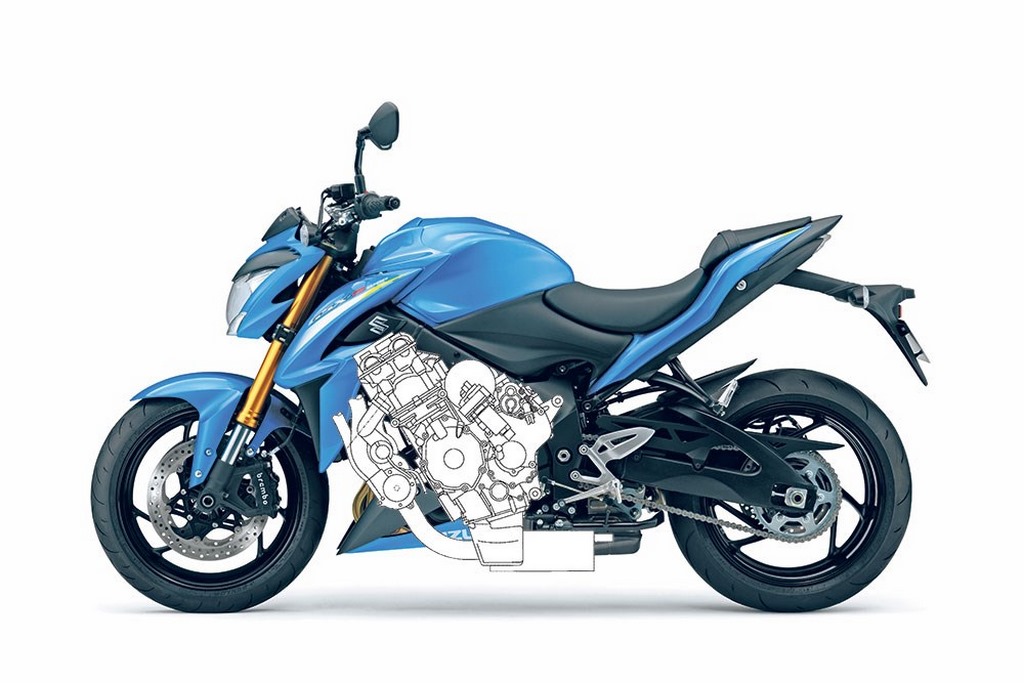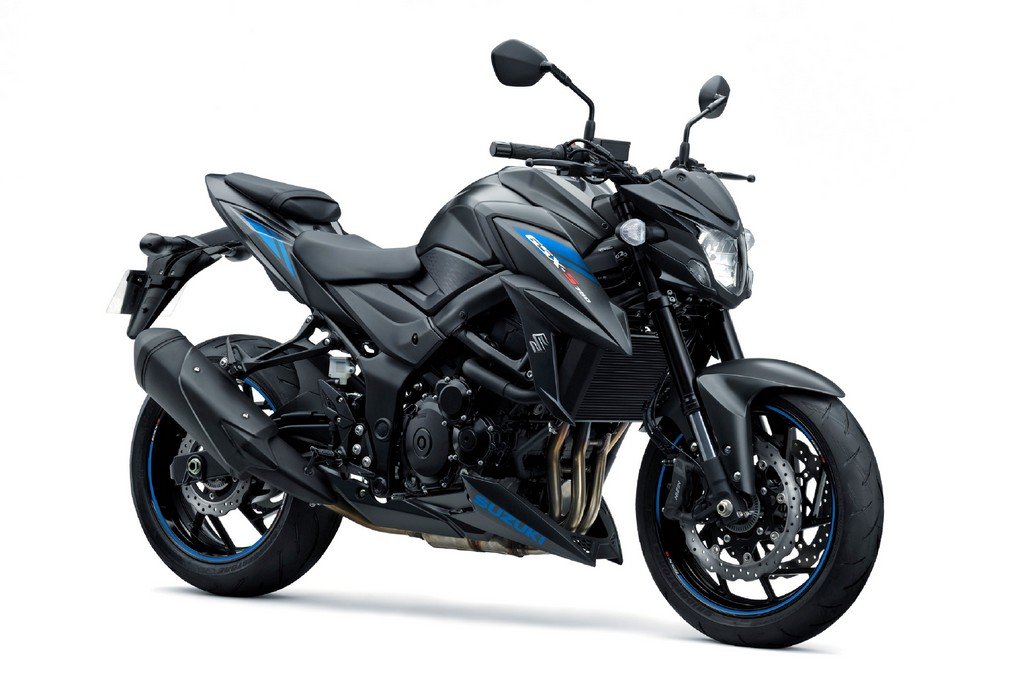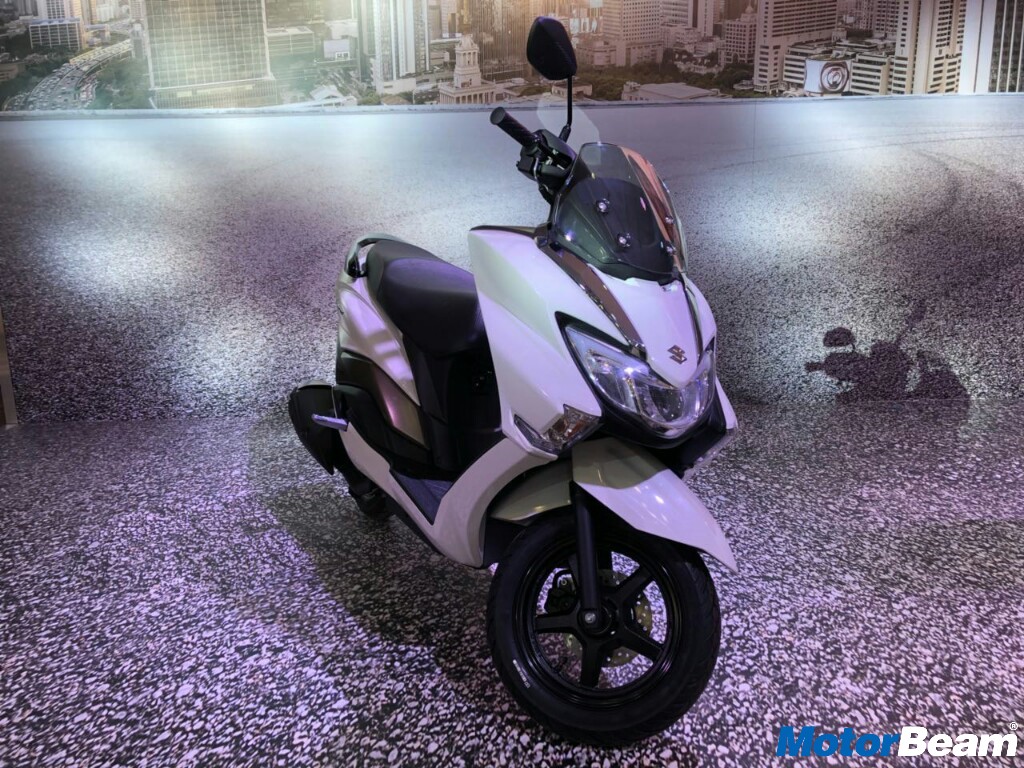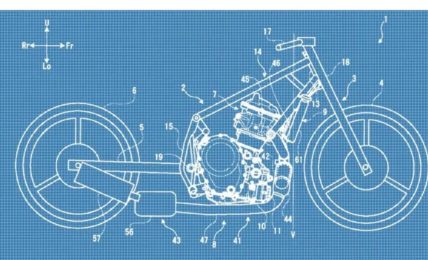Suzuki is likely to showcase a new concept superbike at the Tokyo Motor Show next month which gets a turbocharger and two electric motors, producing 300 BHP of power.

Superbikes incorporate a lot of technology considering they pack in a lot of punch in a tiny package. The engineers have to figure out ways of pumping out mind blowing amount of power from the relatively small engines. But, now that many brands have incorporated almost similar technology, how does a company go one up? This is where supercharging or turbocharging the engine comes in. While the former has already been done by Kawasaki on their H2, the latter hasn’t been offered till now.
Suzuki is planning to get into the world of turbocharged motorcycle engines and it has filed some patents for the same. The concept version of the bike will most likely be displayed at the Tokyo Motor Show scheduled to take place later this month since the Japanese brand has always used it as a platform for displaying technological marvels. The superbike will also get two electric motors in addition to the turbocharged engine to help boost power and efficiency further.
Very similar to the technology currently used in Formula 1 cars, Suzuki plans to add two motor-generator units to the engine. One of the motors will be attached at the back of the engine to boost power and torque when needed and will charge the batteries while de-accelerating. The second such unit is bolted on to the turbo itself helping it spin much quicker than it would have been spun by exhaust gases alone. Both these generators will help eliminate the lag associated with bigger turbos while giving out the needed boost.
Transferring the power to the wheels is a semi-automatic gearbox which can be operated via buttons or the traditional system as per the rider’s preference. The motor-generator units will also help in making gearshifts feel seamless, offering a smooth riding experience. Reports suggest that the engine will be a 1000cc unit which with these upgrades can produce close to 320 BHP of power. Sounds insane for a bike, right? More practical application of this technology would be on 500cc engines to make them as powerful as bigger engines but much more efficient.





